- D2 Direct Drive technology powers one of the most efficient pellet grills around
- Remarkably consistent temperatures across both high and low heat settings
- WiFIRE controller integrates with the Traeger App for wireless monitoring
- Double-lined interior insulates heat to keep temperatures on target
- Built-in pellet sensor alerts you well before running out of fuel
By: Chef Tony
The world’s first wood-fired pellet grill brand has once again redefined itself with a feature-friendly series that’s as convenient as it is consistent.
More than 30 years passed between the debut of Traeger’s original pellet grill and the unveiling of the Traeger Ironwood series. After getting our hands on them, we think these pellet grills were well worth the wait. Traeger’s entry into Premium-class grilling lives up to its billing across the board, from even heat and on-target temperature to the high degree of quality we’ve come to expect from the original pellet grill brand. The standout feature, though, is Traeger’s innovative D2 Direct Drive system that serves as the brains behind the entire operation: super-fast startup, incredible efficiency, and convenient cooking modes that stretch the definition of “fine-tuning.”
We set Chef Tony loose on a Traeger Ironwood 885 (named for the square inches of cooking space within) to collect the findings detailed in this review. As with every product we inspect, Chef Tony quantified its quality, performance, and features through a series of tests designed to push the grill to its limits. He came away impressed on every front, a telling sign that Traeger Ironwood pellet grills are worthy heirs of the Traeger name.
Quality:
Traeger set the standard for quality in the pellet grill industry, so Chef Tony wasn’t surprised to discover the Ironwood is a well-built machine. The exterior is constructed from 13-gauge, powder-coated steel, which is appropriately thick for a Premium pellet grill. Both the 5mm main cooking grates and 4mm secondary cooking grates are made of solid steel that’s been coated in porcelain, a material that protects the metal underneath while also making it easier to clean.
-
Several internal components are forged from cold-rolled steel, lending them enhanced strength and a smooth finish. Traeger gave this treatment to the 24-gauge interior double lining, the 20-gauge flame diffuser above the fire pot, and the 18-gauge drip tray. Chef Tony was also pleased to see 304-grade stainless steel, the top material in terms of outdoor longevity, used for the side shelf. Despite building the Ironwood series with various types of steel, all parts are covered by a 3-year warranty.
-

Performance:
When it comes to pellet grills, performance is all about how close the temperature is to your desired setting, as well as the evenness of that temperature across the cooking surface. This just so happens to be where Traeger Ironwood pellet grills truly shine. Whether cruising on the low end or pushing the max temperature of 500°F, our grill expert found temperatures to be stable and on-target.
-
To gauge performance, Chef Tony placed thermocouples in various spots within the grill and averaged their readouts at different temperature settings. (Remember, pellet grills are basically ovens that cook with wood fire, so ambient temperature is a more relevant data point than heat in specific spots.) For tests conducted at both high and low heat, Chef Tony found that the average temperature was never more than 12°F off from the set temperature on the control panel. That’s the kind of worry-free consistency we look for in pellet grills. Preheat times from the highly touted Turbo Temp fast startup function were equally impressive: the grill reached smoking temperatures in about 8–9 minutes, and sprinted to high heat in only 12–15 minutes.
-

Chef Tony then conducted cooking tests aimed at getting more tangible (and, in his case, tasty) results. First up were short ribs smoked at low temperatures via a pre-loaded recipe in the Traeger App (more on this in the “Features” section). The Ironwood executed the recipe to perfection, but that’s the kind of stuff pellet grills are made for. Next came a batch of burgers, each of which turned out identical in a testament to the grill’s even heat. One final hurdle remained: a reverse-seared steak using both grates. Though pellet grills are primarily designed for slow-cooking on lower heat, the results of the reverse-sear were about as excellent as Chef Tony would expect from a traditional high-heat grill. Our expert summed up the Traeger Ironwood’s performance as follows: “Not only were there no hiccups, but I had plenty of even heat.”
Features:
The premium features are all there, but we’d be doing Traeger Ironwood grills a disservice if we didn’t lead off with the D2 Direct Drive system. This next-level drivetrain includes a variable-speed fan and industry-first brushless motor, which combine to deliver several of the “slick” features that caught Chef Tony’s eye. In addition to powering the Turbo Temp startup covered in the previous section, the D2 drivetrain brings with it a throttle-down function that senses when the lid is up. Why does that matter? Most pellet grills interpret an open lid as rapid temperature loss and respond by feeding more fuel into the fire pot. Next thing you know, you’ve closed the lid and temperatures are as much as 200° above what you intended. Not so with the Traeger Ironwood. Rounding out the D2 Direct Drive’s impressive capabilities are Super Smoke Mode and Keep Warm Mode, the latter of which is a traditionally commercial feature that drops temperatures to 165°F until you’re ready to eat.
-
That’s a lot of work behind the scenes, though there are a few features that make themselves known with helpful alerts. The first is the WiFIRE controller that connects to the Traeger App to keep you updated on your cook without babysitting the grill. Thanks to this wireless technology, you can access thousands of recipes, choose from standard cook modes, control temperatures, and monitor pellet volume straight from your smartphone. Chef Tony was particularly pleased with the notifications from the in-hopper pellet sensor — he knew he was low on pellets roughly an hour before running out, which gave him more than enough time to refuel without losing steam on his short ribs cook. The hopper itself has a 20-pound capacity for extended sessions, along with a quick-change trapdoor that lets you swap wood pellets flavors in a flash.
-

With the tech side taken care of, Traeger made sure to include a handful of practical features that enhance grilling experience. The pair of grill grates, for instance, can be set at different levels for different cooking styles; Chef Tony used the higher position for roasting burgers, and the lower position for the final portion of his reverse-sear. When not in use, the secondary grate slips out of sight onto brackets on the rear of the grill. Similarly, the stainless steel side shelf includes tool hooks to keep your grilling utensils nearby. And Chef Tony will be the first to admit he nearly overlooked the all-terrain wheels — until he had to move the grill a few hundred yards over mud and rocks, that is. But at that point, he knew Traeger had already thought of everything.
)
)
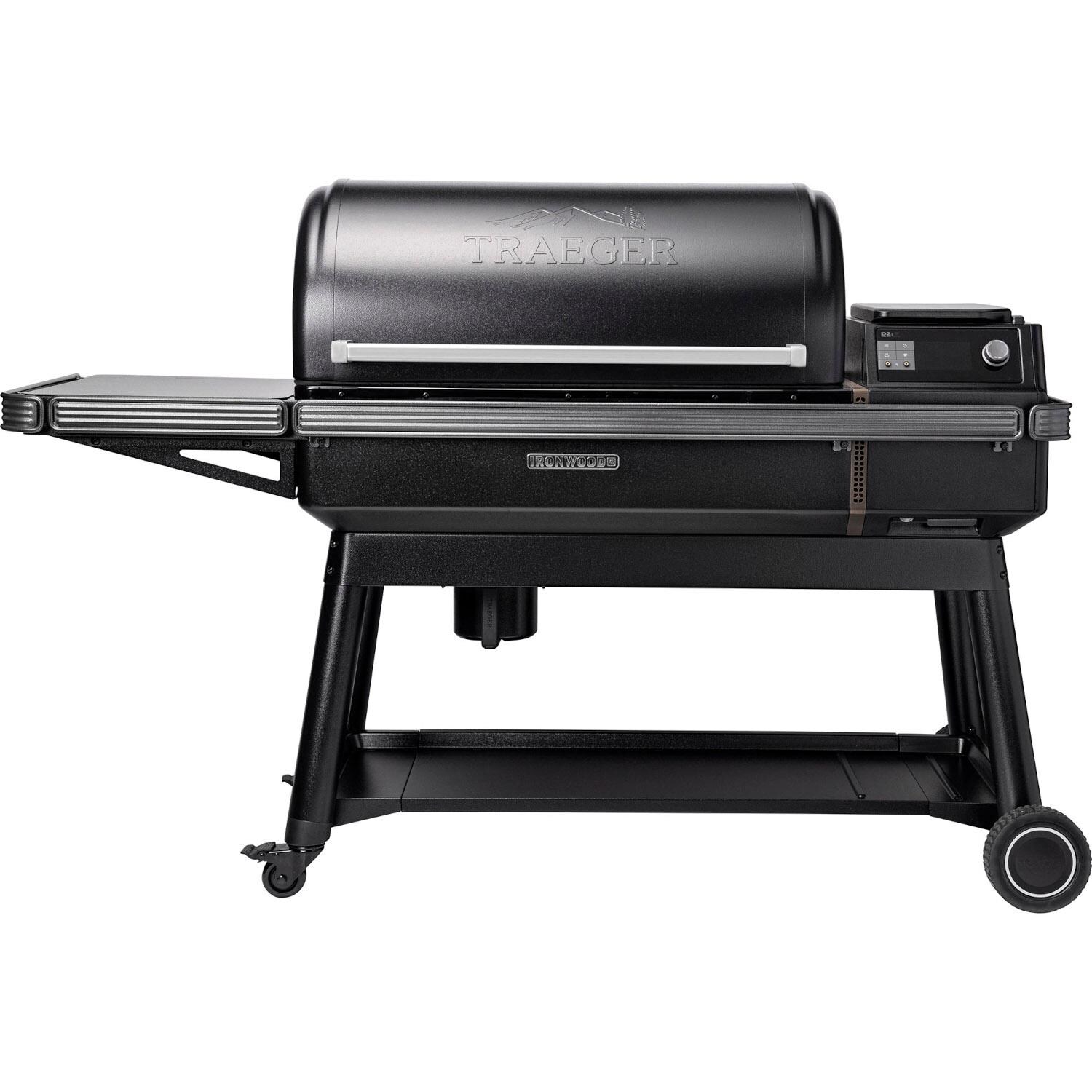)
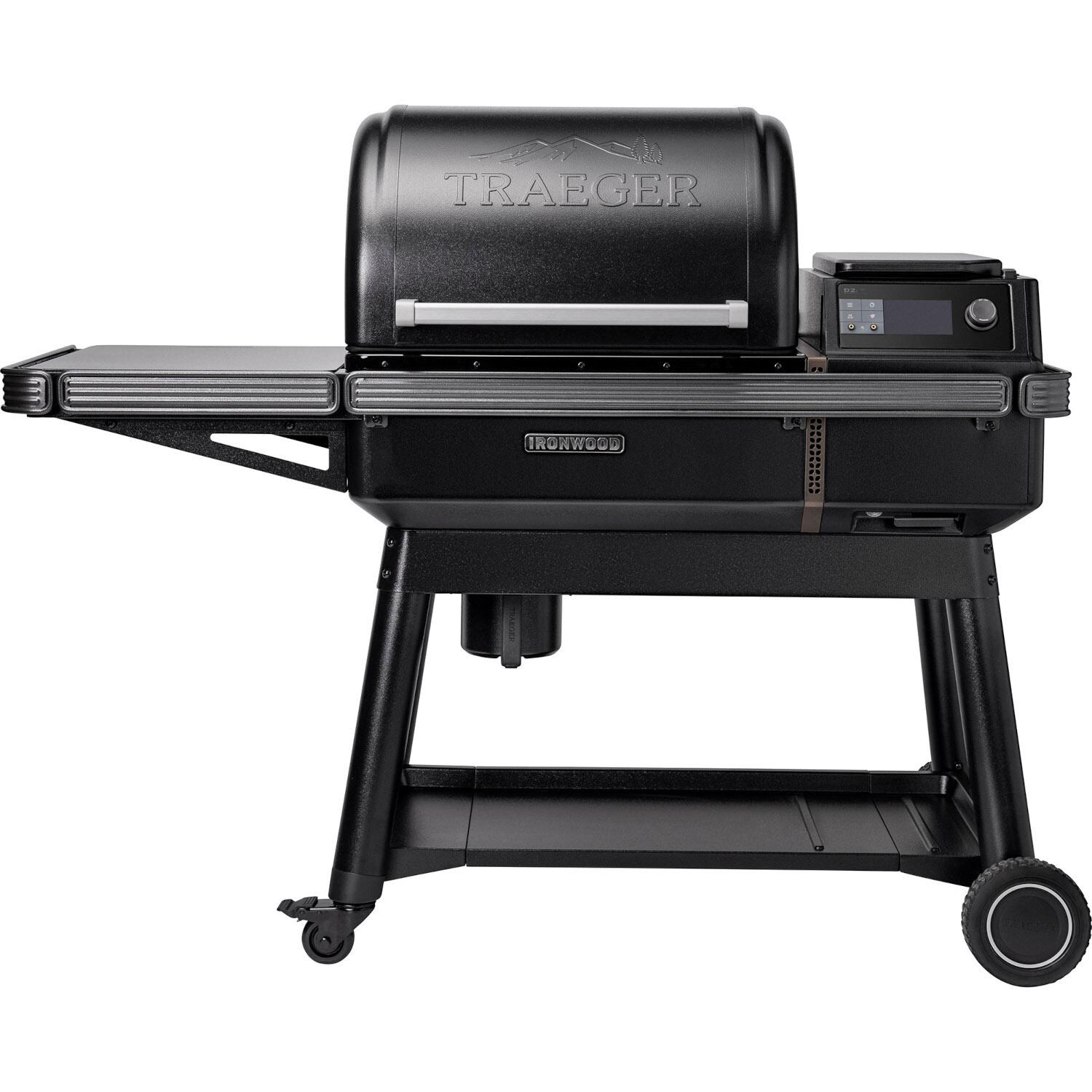)
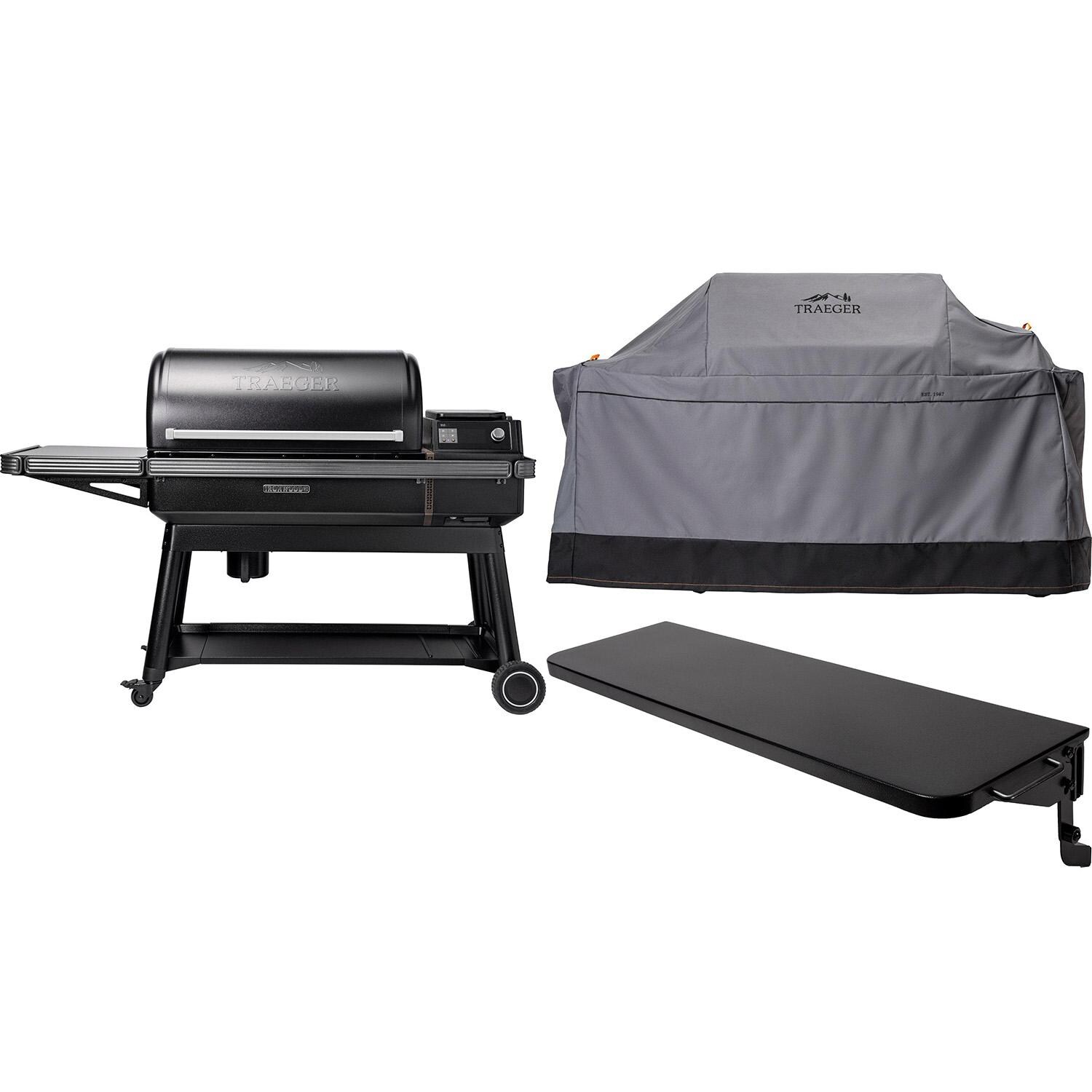)
)
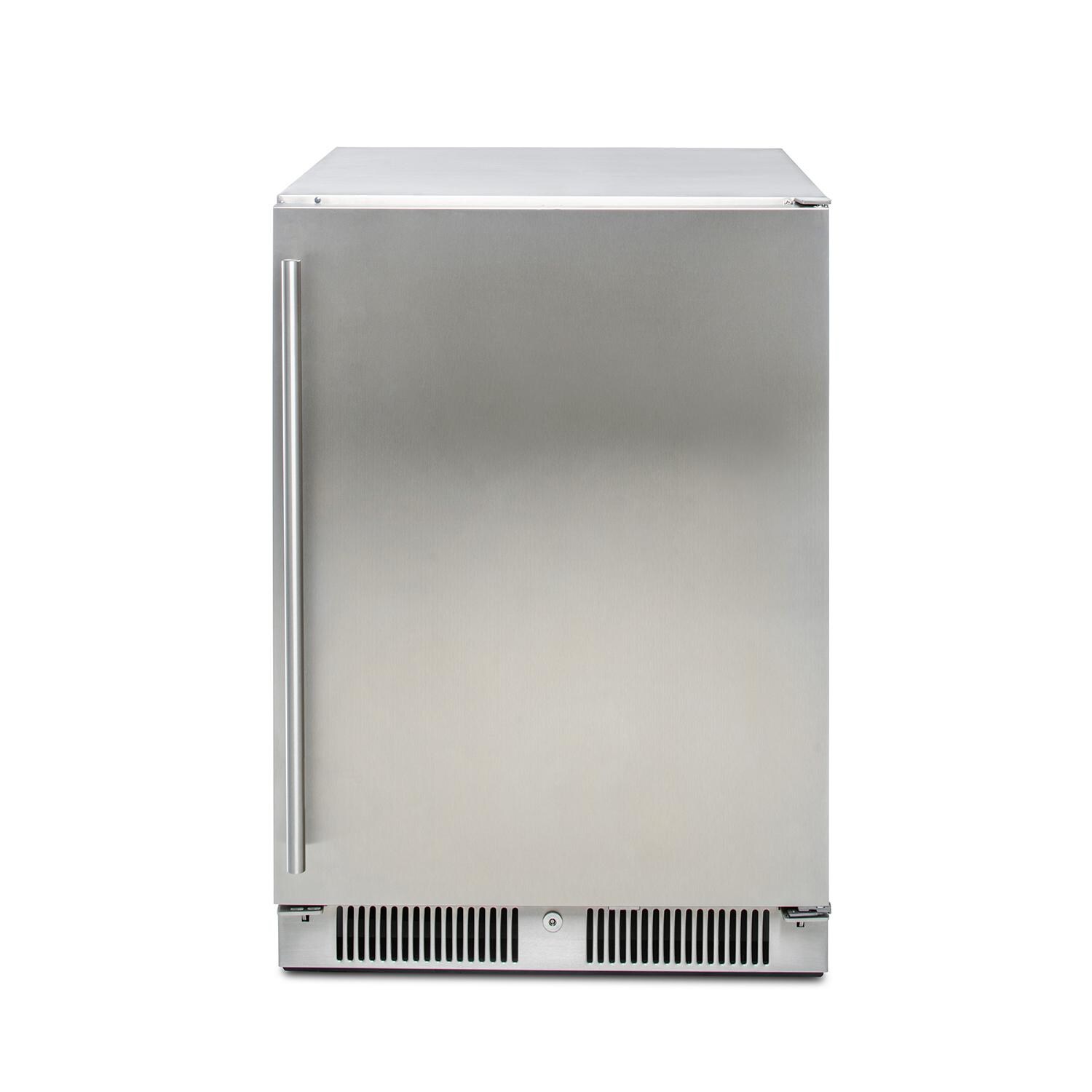)
)
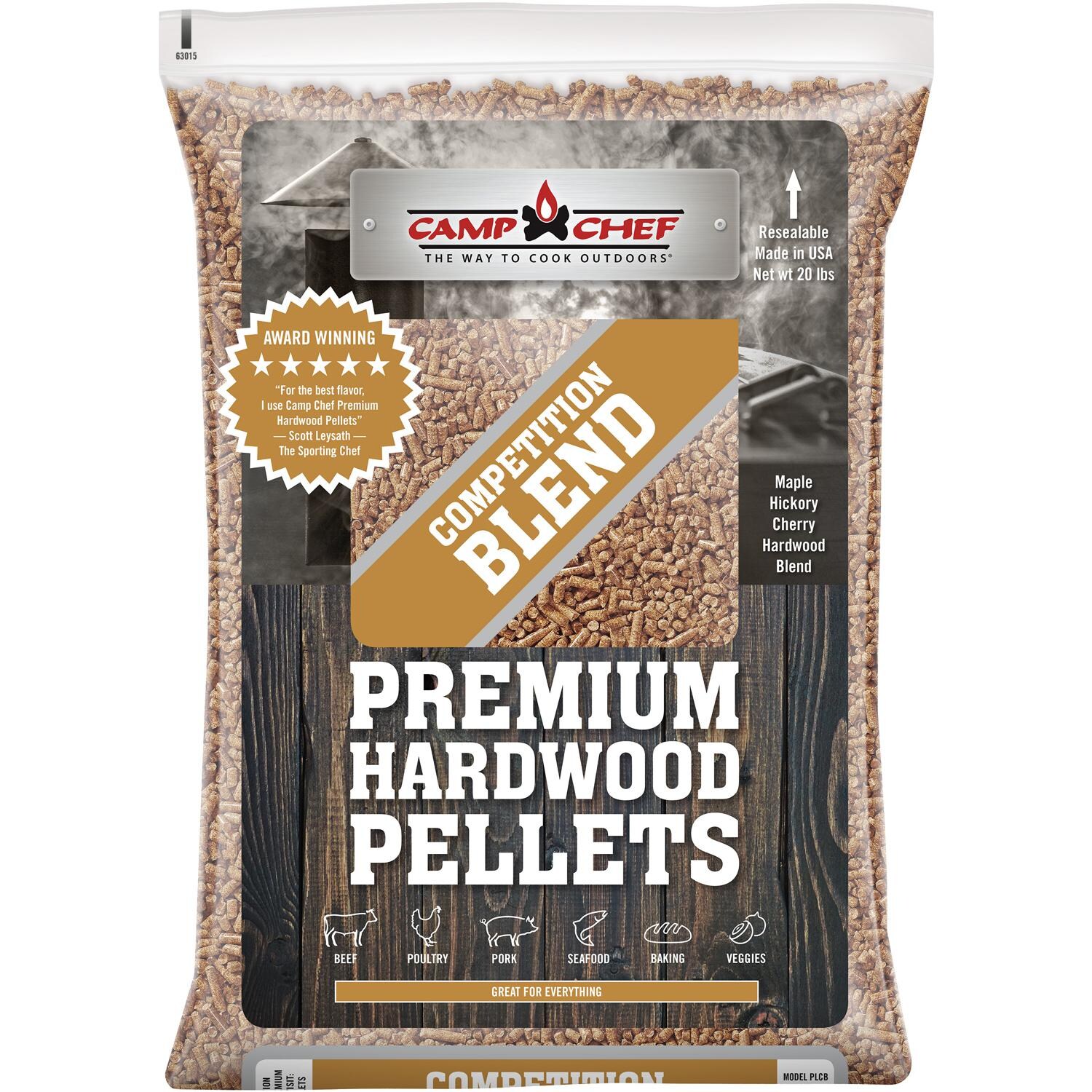)
)
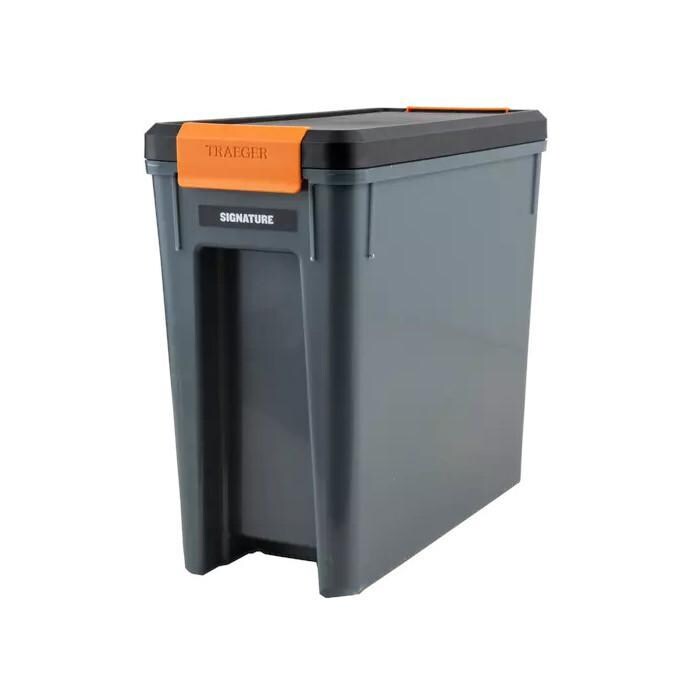)
)
)
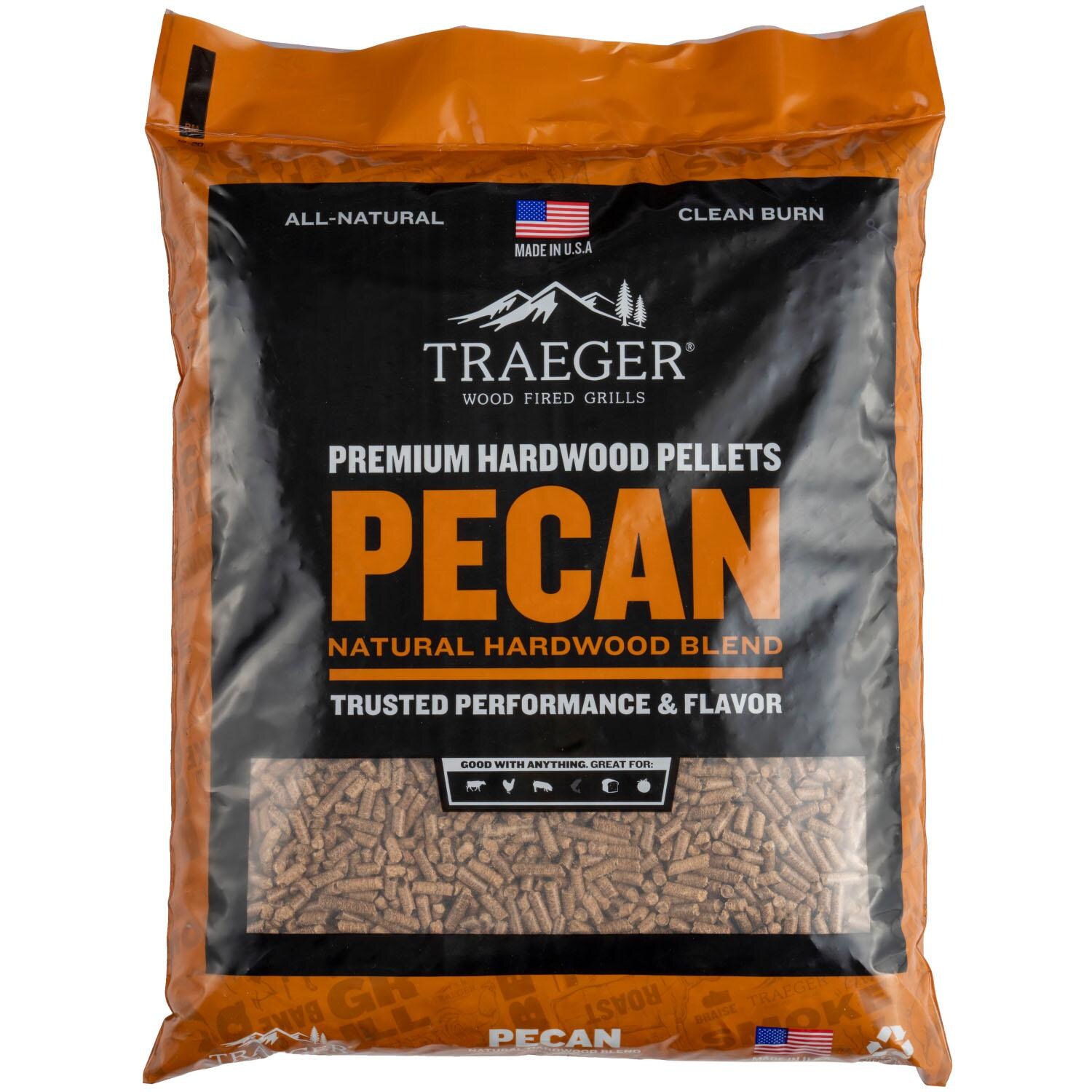)
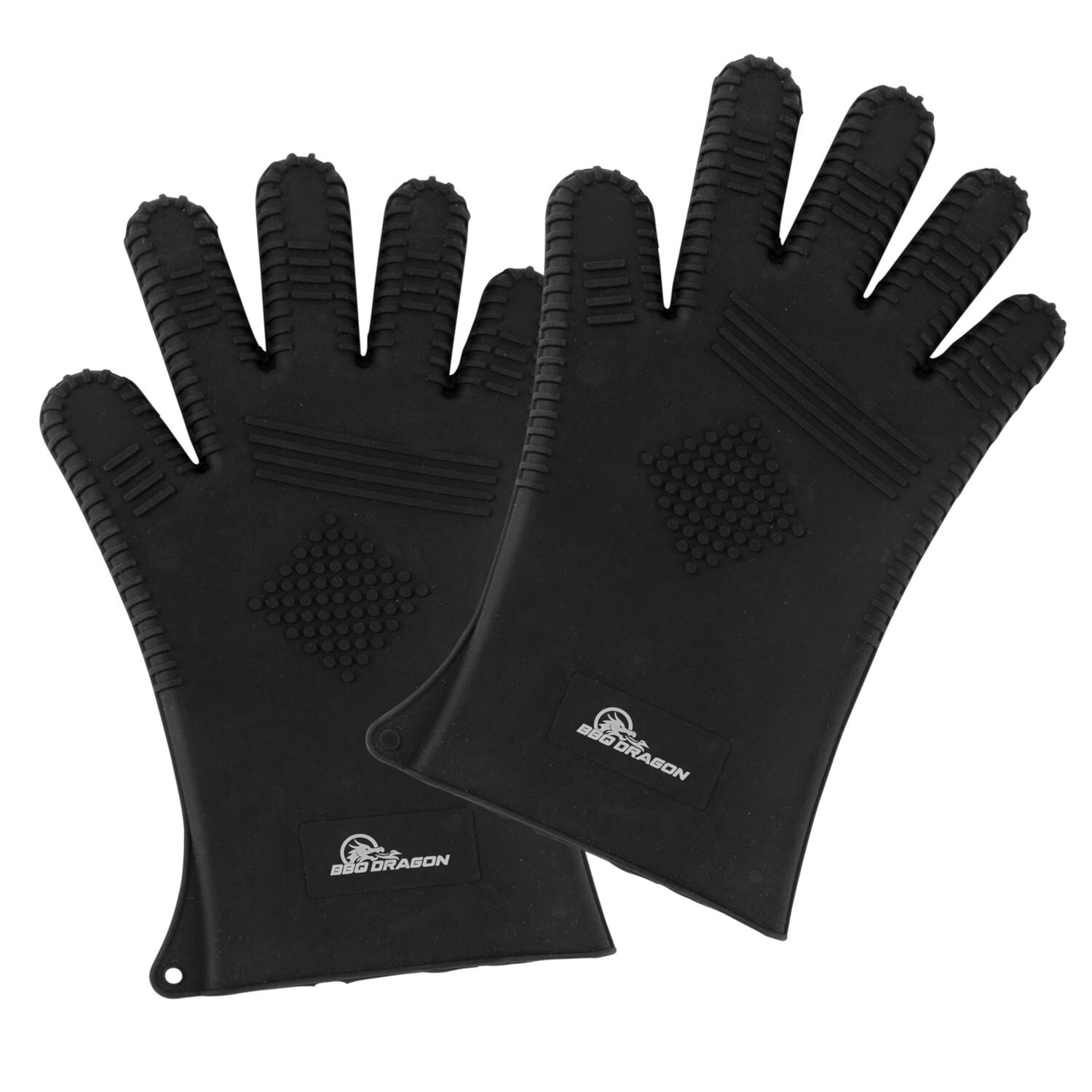)
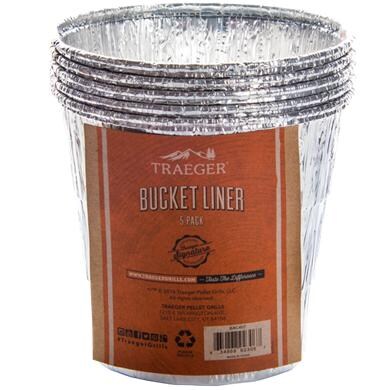)
)
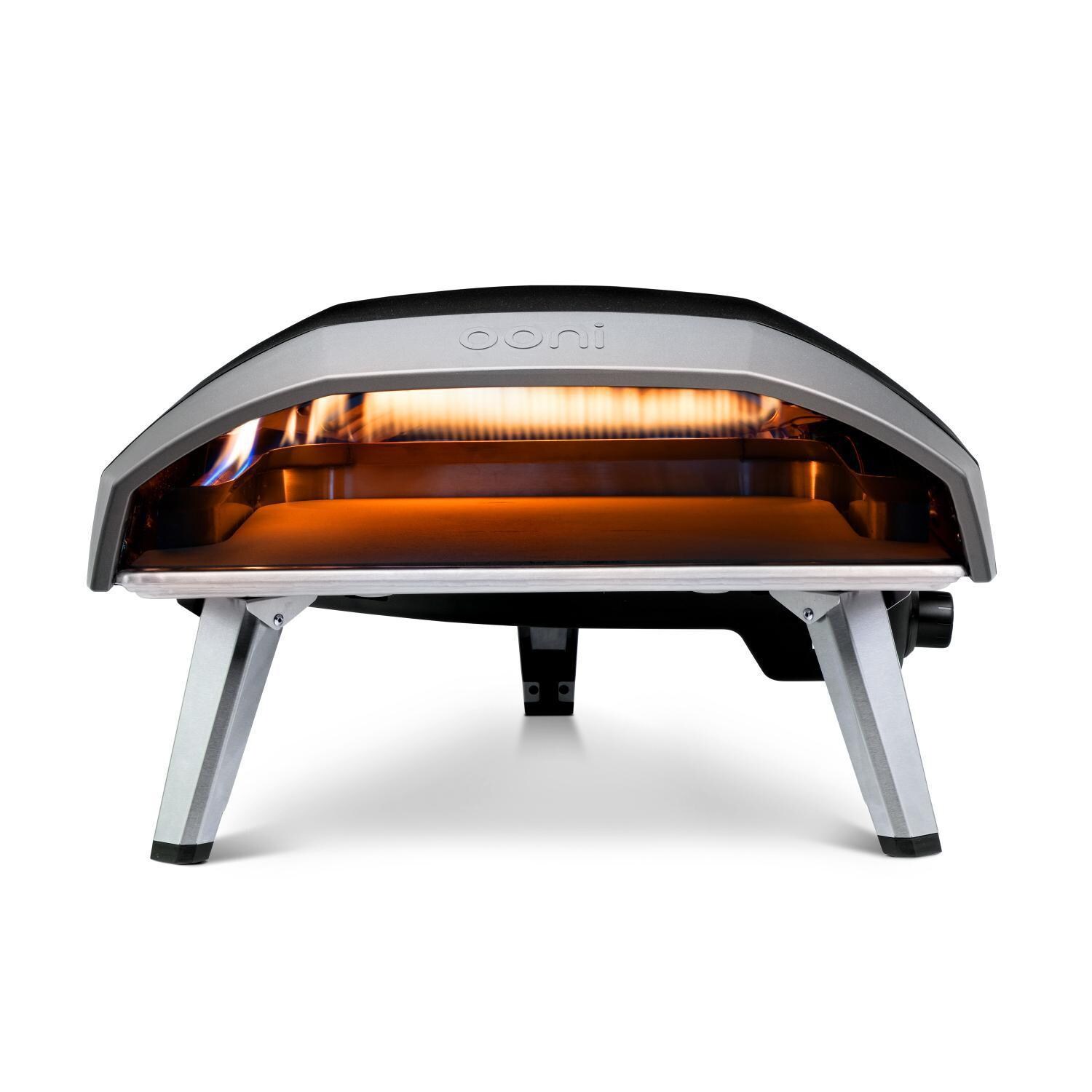)
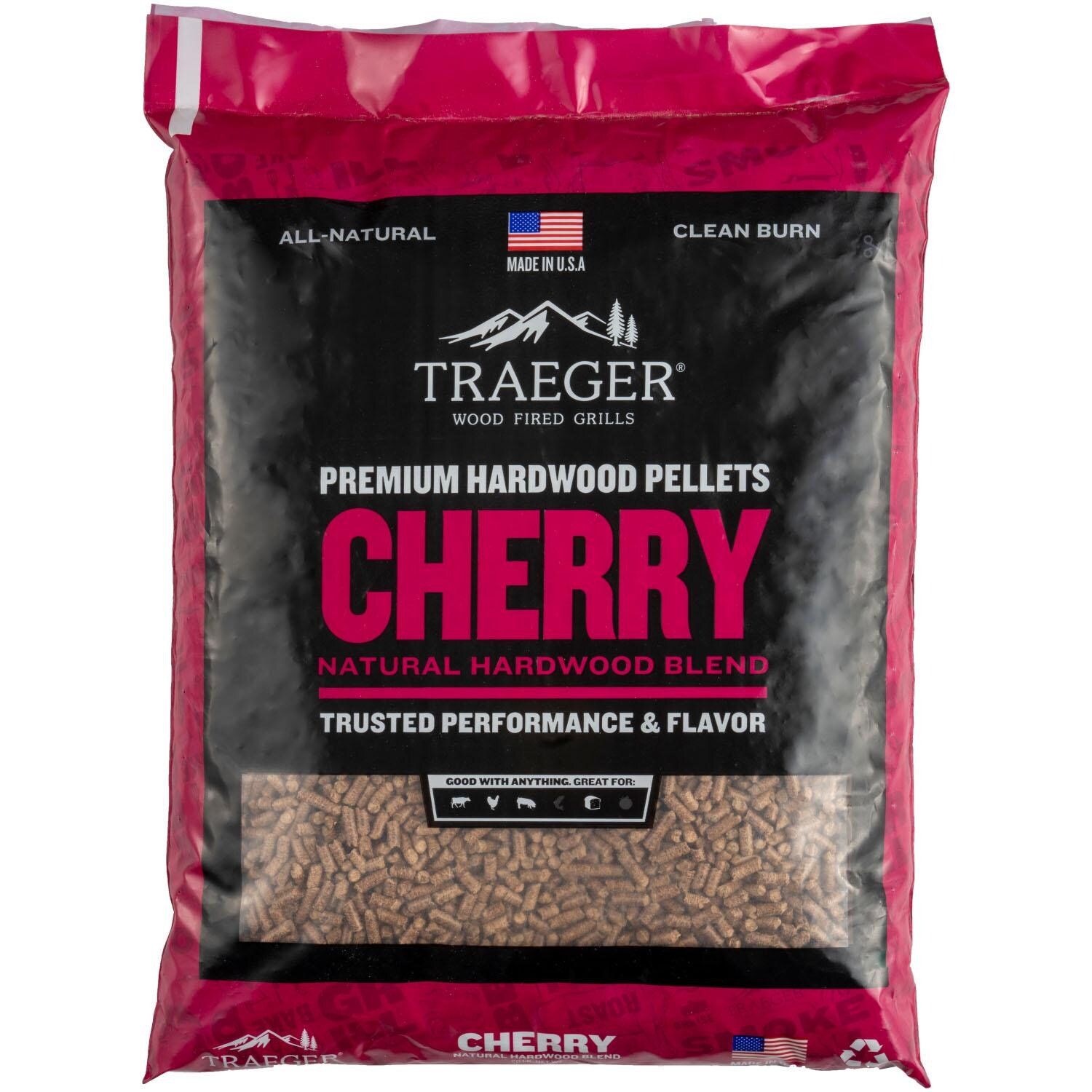)
)
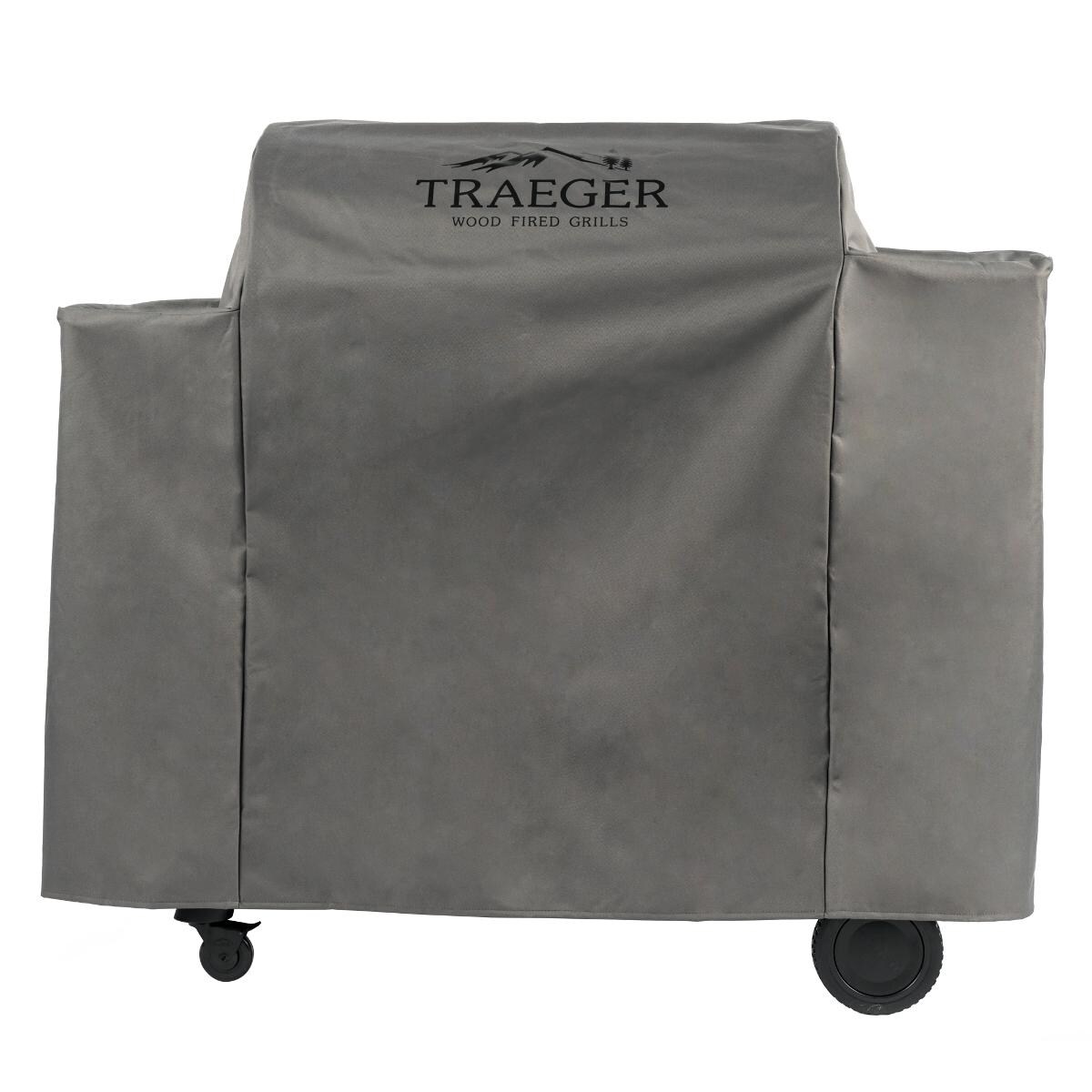)
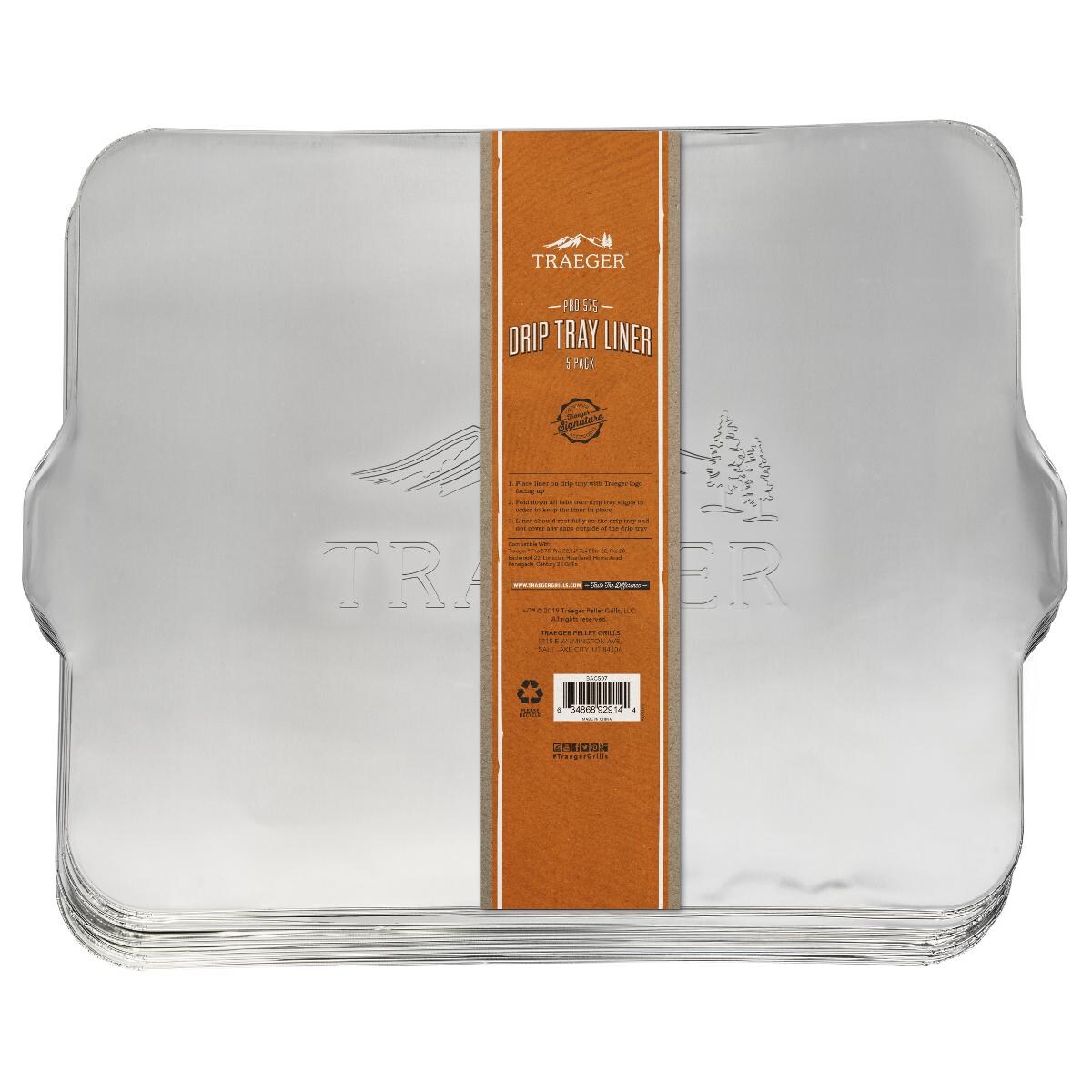)
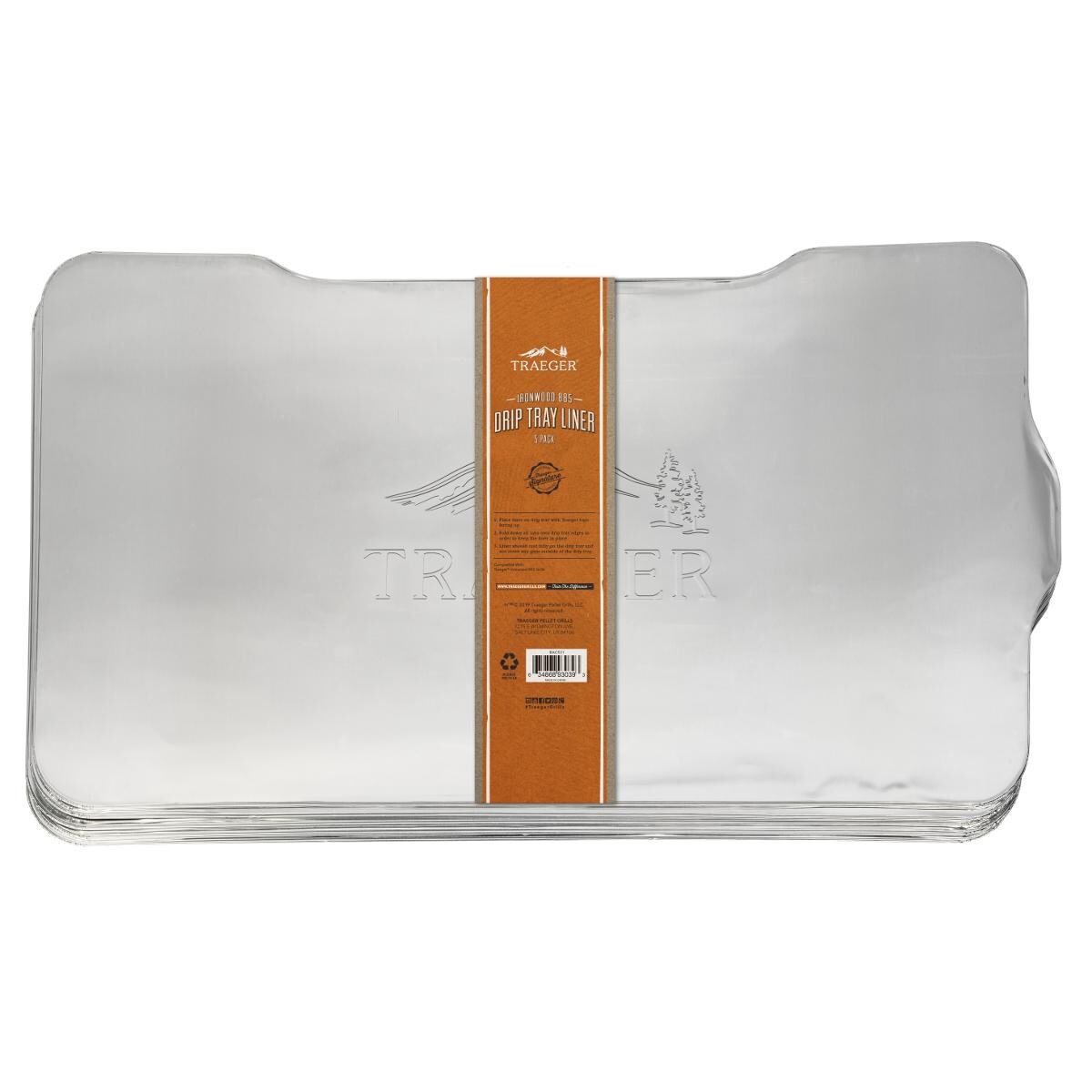)
)
)
)
)
)
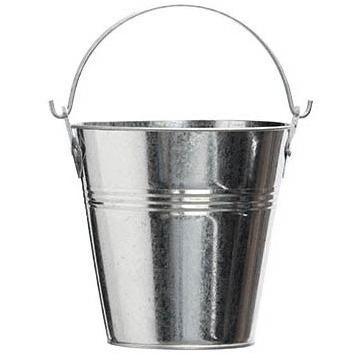)
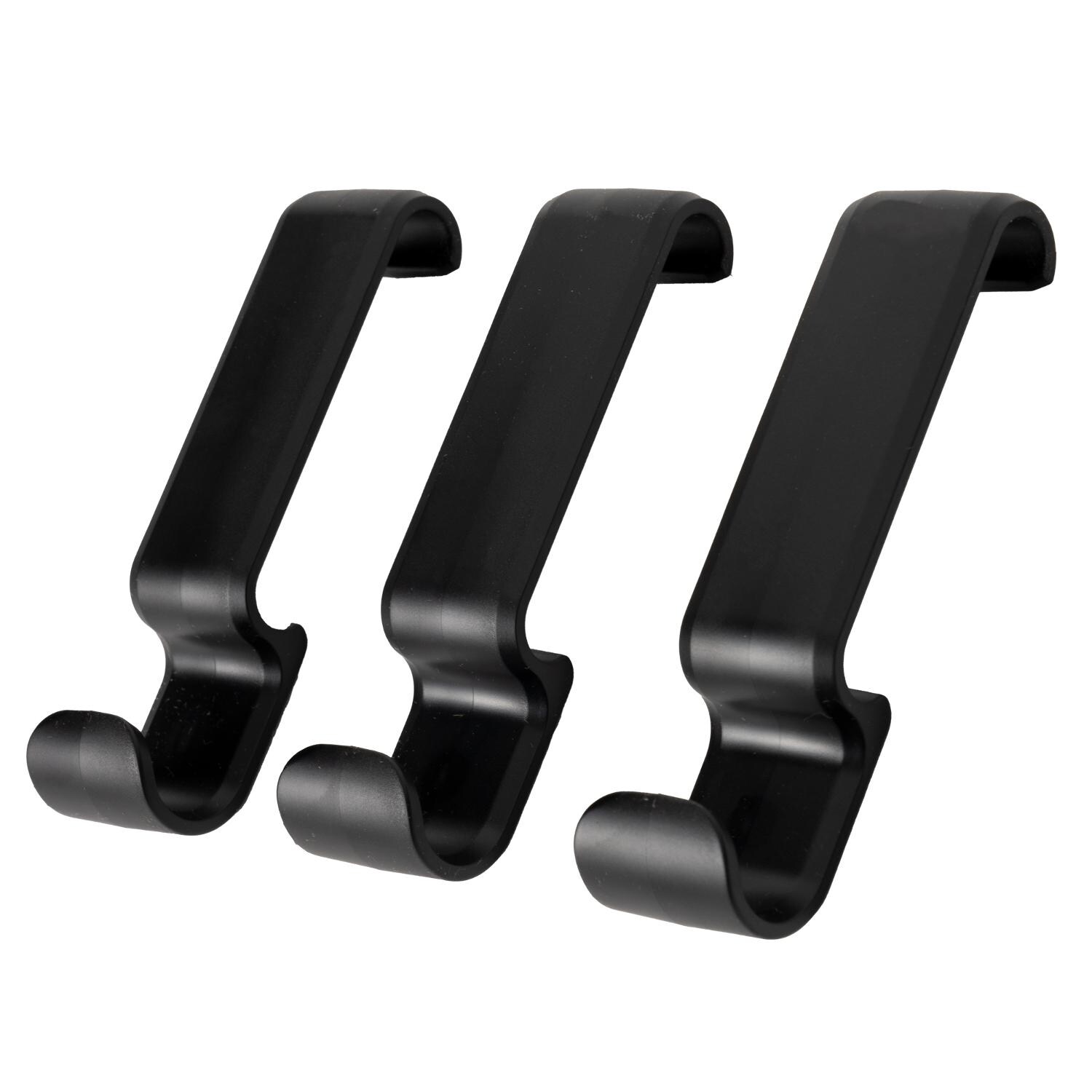)
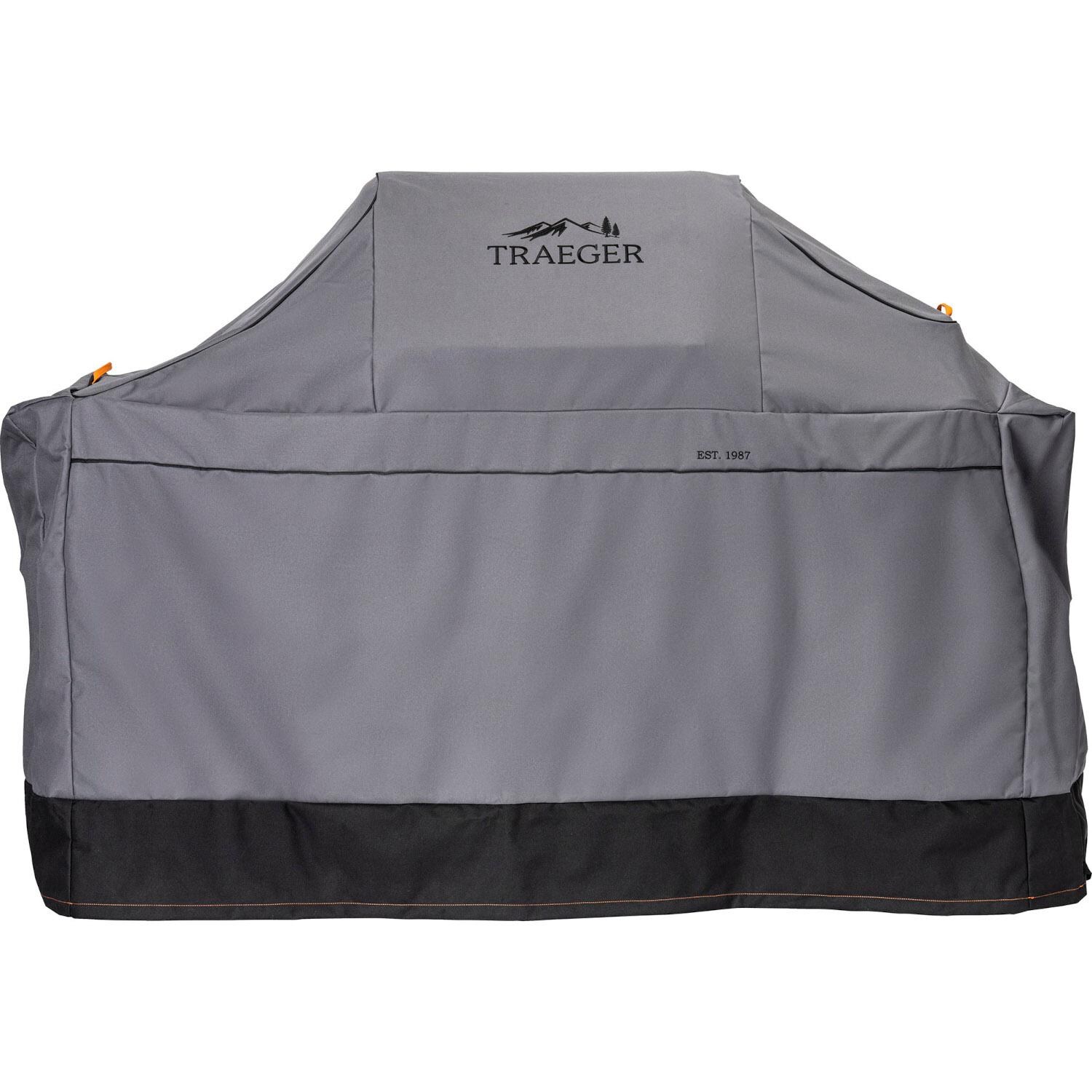)
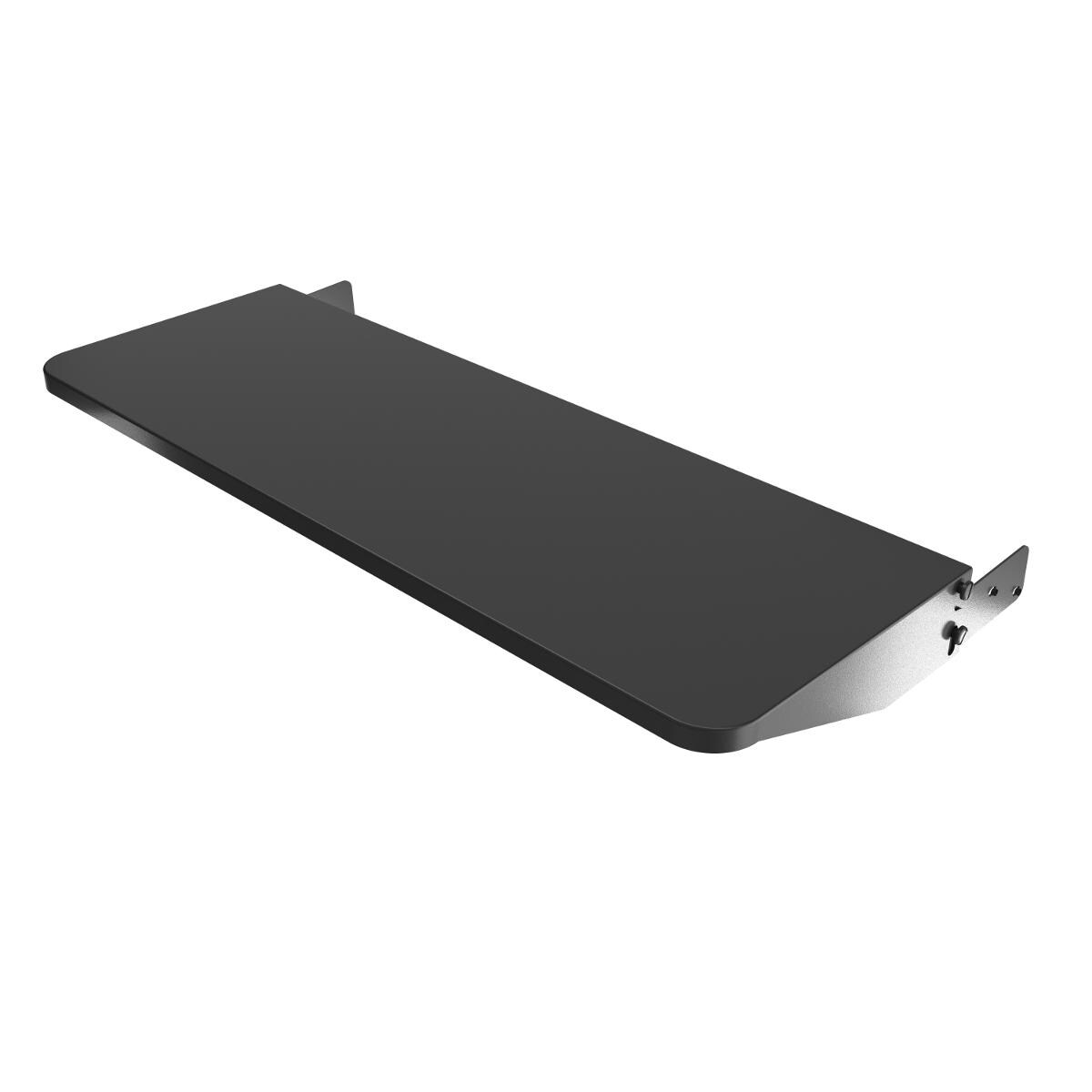)
)
)
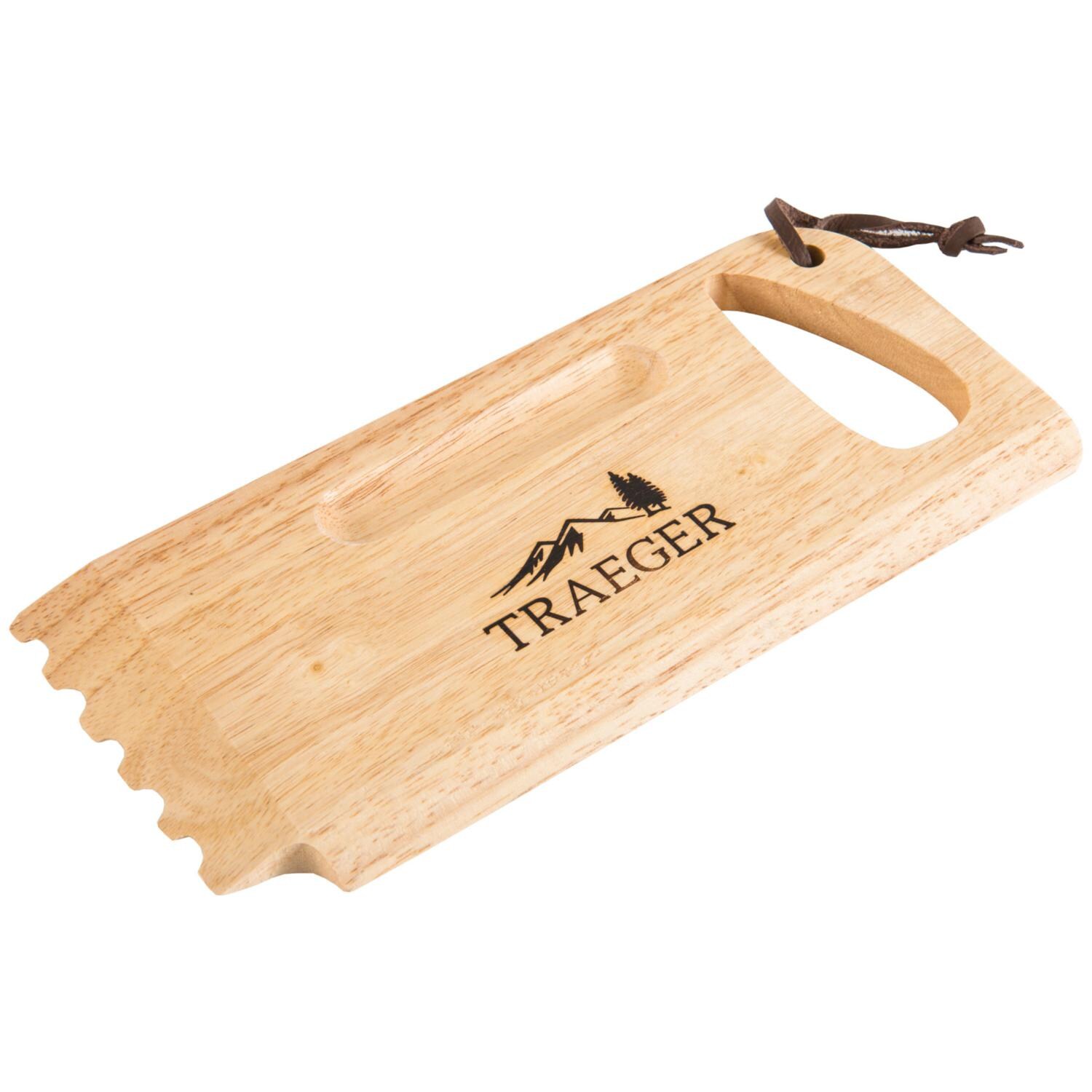)
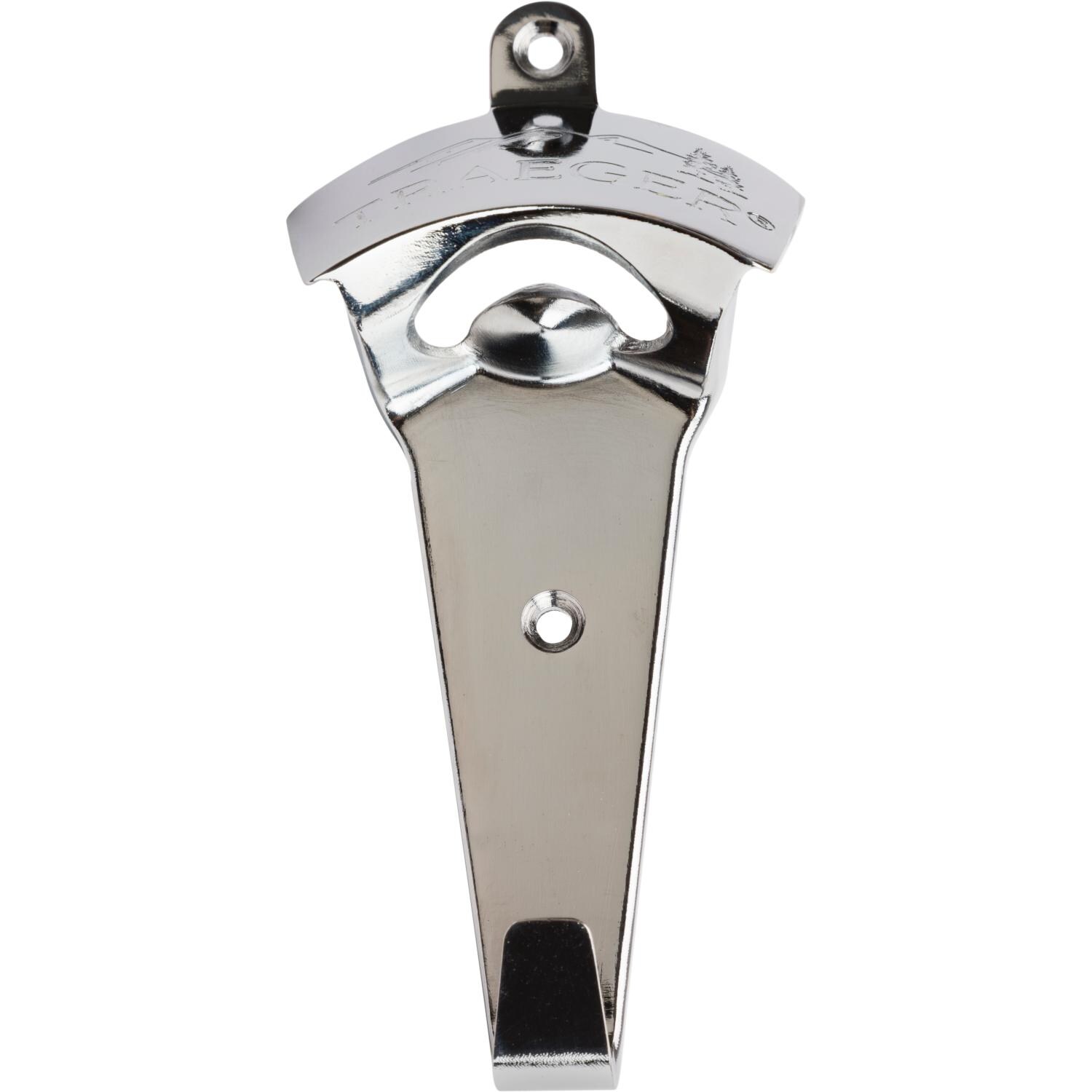)

